Island Conservation’s COP 16 Position Paper
Island Conservation attended the 16th meeting of the Conference of the Parties to the Convention on Biological Diversity!
Restoring islands for nature and people worldwide.
Published on
February 27, 2024
Written by
Bren Ram
Photo credit
Bren Ram
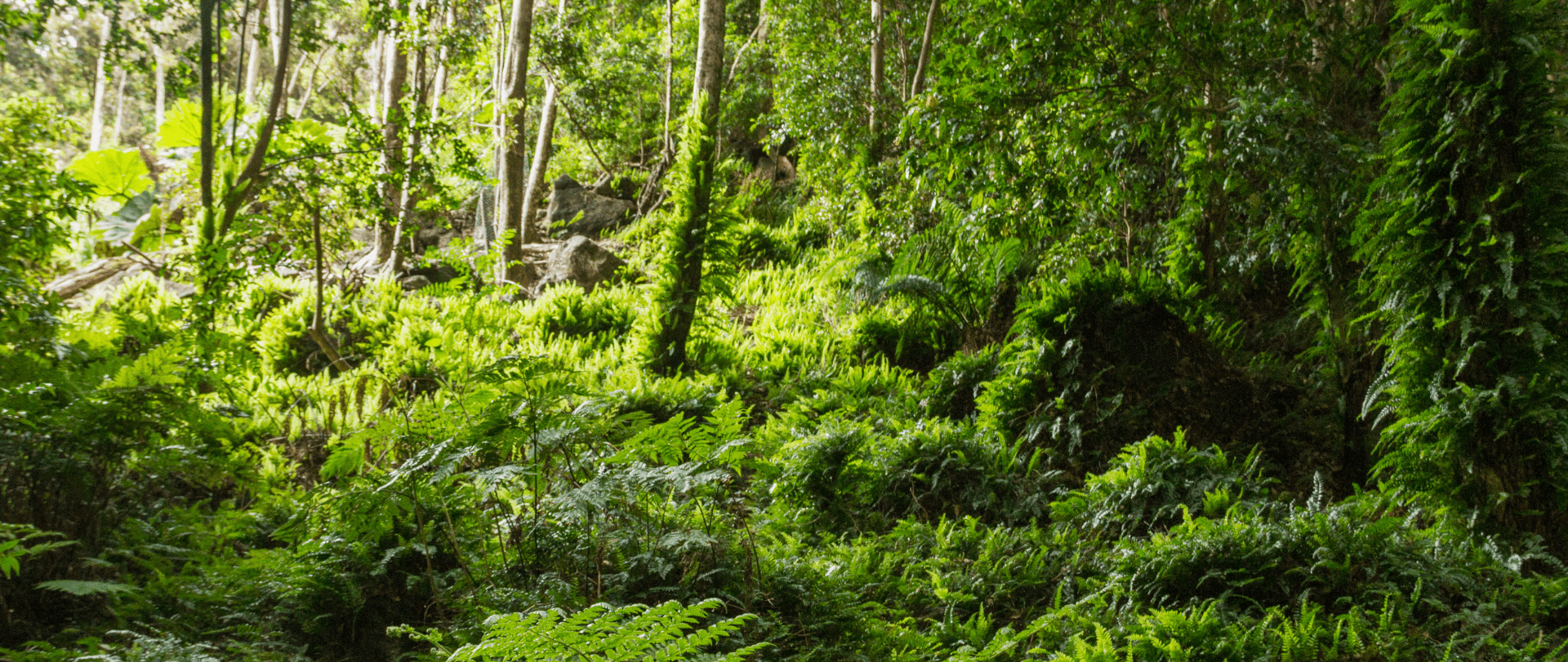
This article was originally published by our partners at the Outreach Network for Gene Drive Research on February 27, 2024. We’re proud to work towards new, innovative solutions to solve the urgent problem of invasive species on islands!
Taking place from February 26 to March 3, Invasive Species Awareness Week is an occasion to raise awareness of the impact of invasive alien species on biodiversity and the importance of addressing this issue. Defined as species whose introduction and/or spread outside their natural past or present distribution threatens biological diversity, invasive alien species (IAS) are a threat to nature, economies, food security, and human health worldwide.
Island ecosystems, which harbor over 20% of our planet’s biodiversity, are particularly vulnerable. 90% of global extinctions on islands have been attributed mainly to IAS, according to the latest findings from IPBES’ Thematic Assessment Report on Invasive Alien Species and their Control. But the same conditions that make them vulnerable—the uniqueness of their ecosystems and their relative isolation—also produce the conditions for dramatic recovery.

Removing invasive species from islands is a proven intervention with immediate and far-reaching benefits around the world. The success stories are numerous. Until May 2012, for example, Hawadax Island in Alaska was known as Rat Island. For more than 200 years, invasive rats threatened native birds on this rugged volcanic island chain, decimating their populations. Thanks to Island Conservation’s work to remove invasive rats from the island, Hawadax Island is now recognized as a thriving nesting site for a diverse array of seabirds. Among these is the Tufted Puffin, a species that had been absent from the island for nearly two centuries. In Hawaii’s Lehua Island, the successful removal of invasive rats also kick-started a full recovery of the island’s ecosystem, leading to the renewed breeding of numerous seabird species that had previously been threatened.
As highlighted in our annual Impact Report, 2023 was Island Conservation’s most impactful year yet. In total, we removed damaging invasive species from 7 large islands and 7 groups of islets (42 islets). Islands free from IAS show greater fish biomass and healthier reefs in their surrounding oceans—a result of the enriched nutrients introduced by healthy seabird populations. IAS removal not only helped restore the islands’ ecological balance but also resurrected their natural heritage, offering a beacon of hope for conservation efforts worldwide.
However, less than 20% of islands with globally threatened species have successfully eradicated invasive species, underscoring the urgent need for further action. While current tools have helped manage invasive species, they often fall short in delivering the affordability, speed, and scale needed to address this growing threat. New tools, including emerging genetic technologies, offer hope to help bolster conservation efforts and safeguard threatened ecosystems.
Invasive Species Awareness Week is the occasion to celebrate incredible conservation achievements. But it is also a reminder of the importance of exploring all tools at our disposal to tackle the global extinction crisis and restore biodiversity on islands.
Check out other journal entries we think you might be interested in.
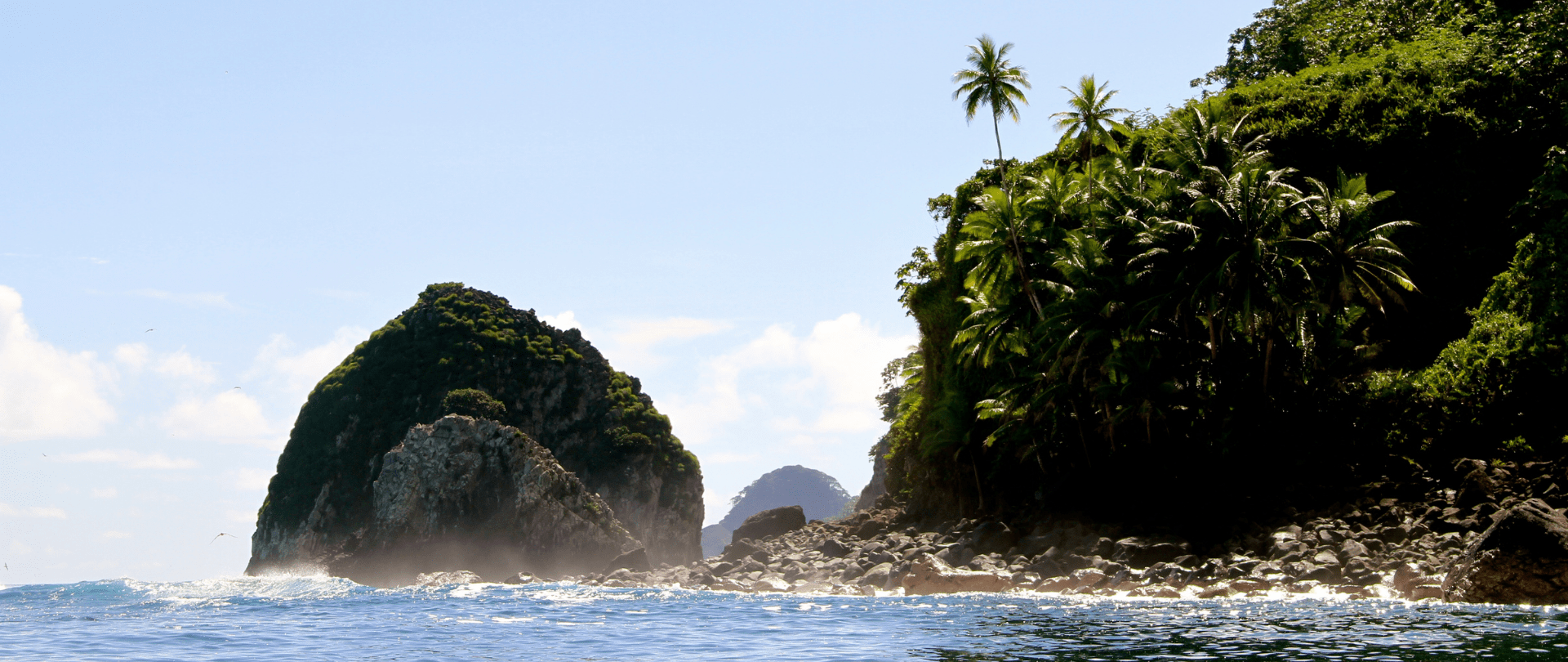
Island Conservation attended the 16th meeting of the Conference of the Parties to the Convention on Biological Diversity!
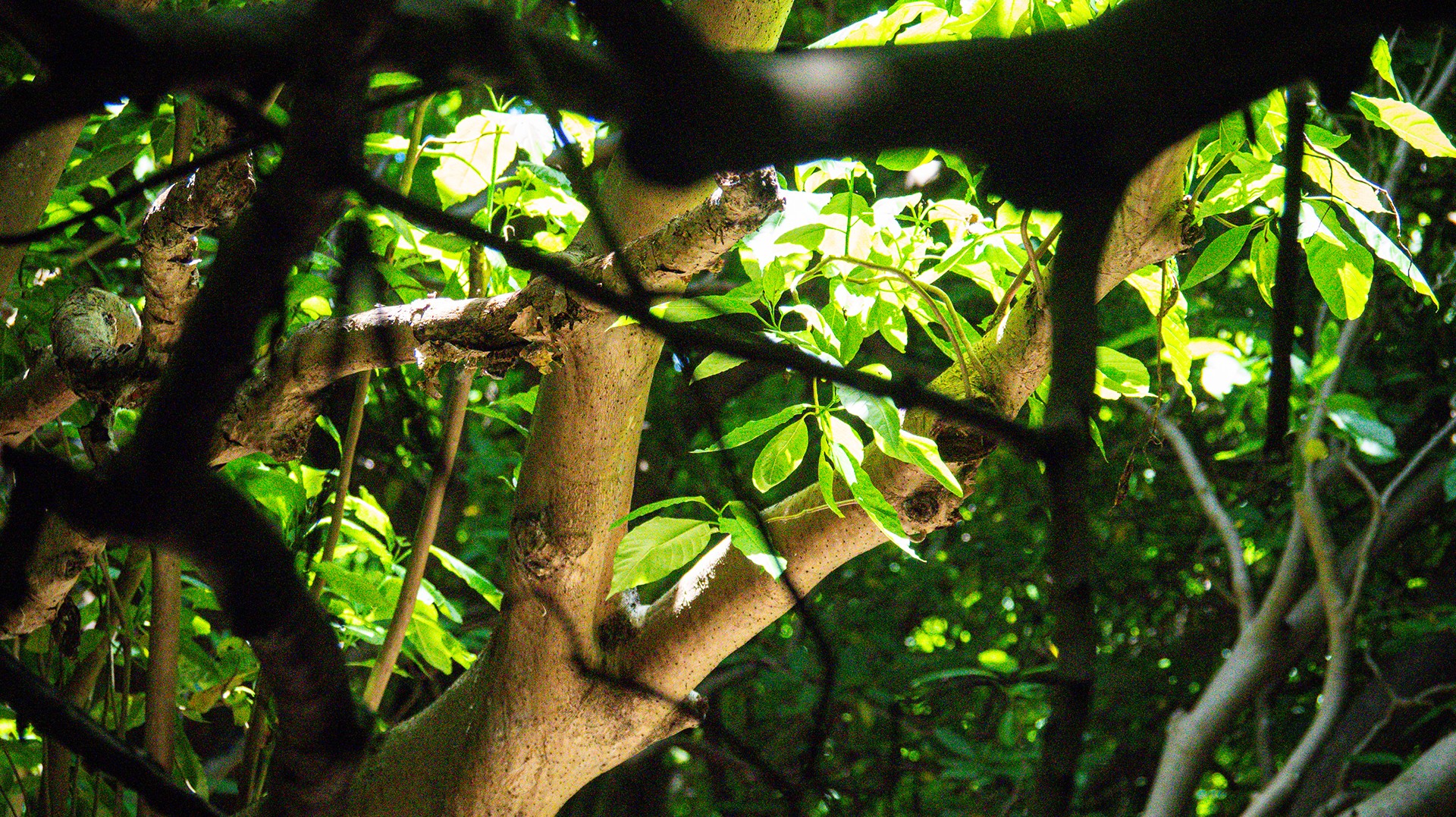
Island Conservation and partners have published a new paper quantifying ecosystem resilience on restored islands!

Island Conservation's new Vice President was interviewed on ABC. Listen now to hear about amazing recovery on islands around the world!

How do nutrients move between ecosystems, and how do connector species help make nitrogen available to plants and animals? Read to find out!
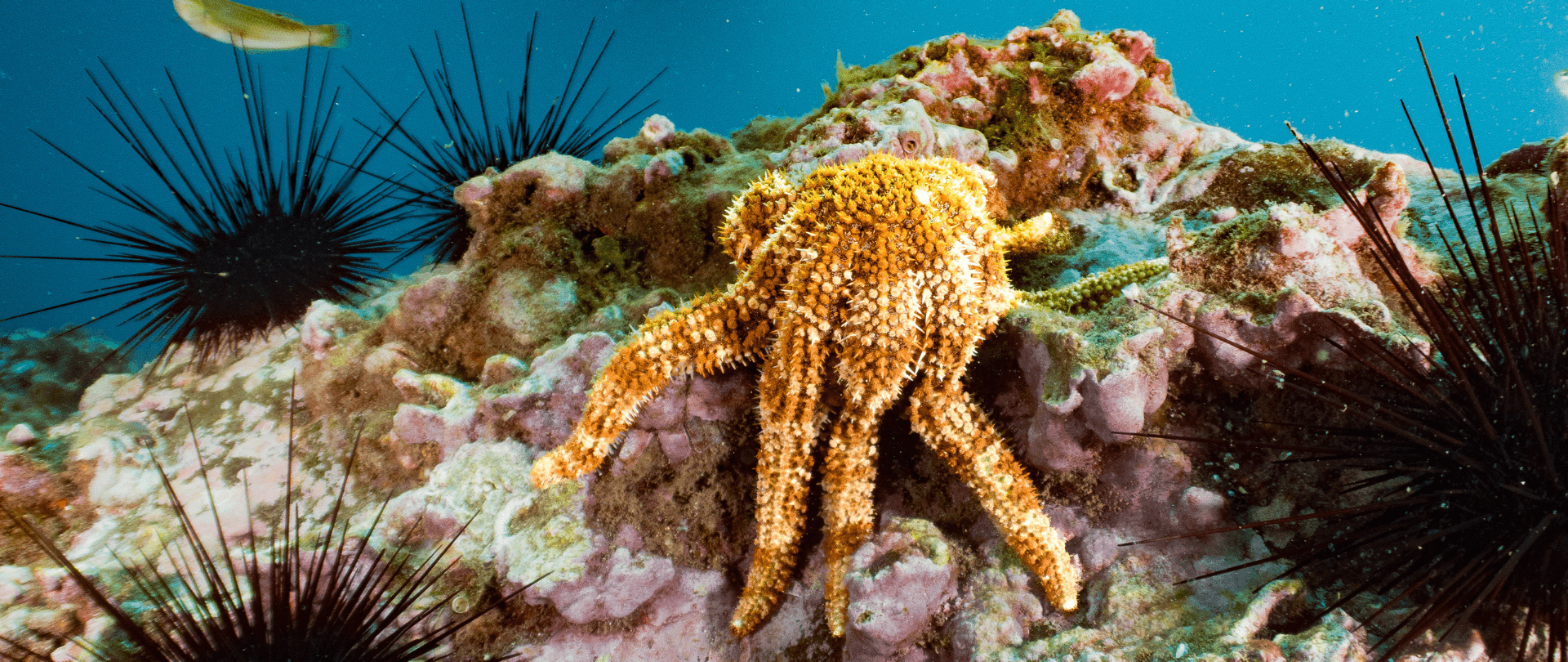
New research shows the vital link between island restoration, healthy seabird populations, and resilient, thriving coral reefs!
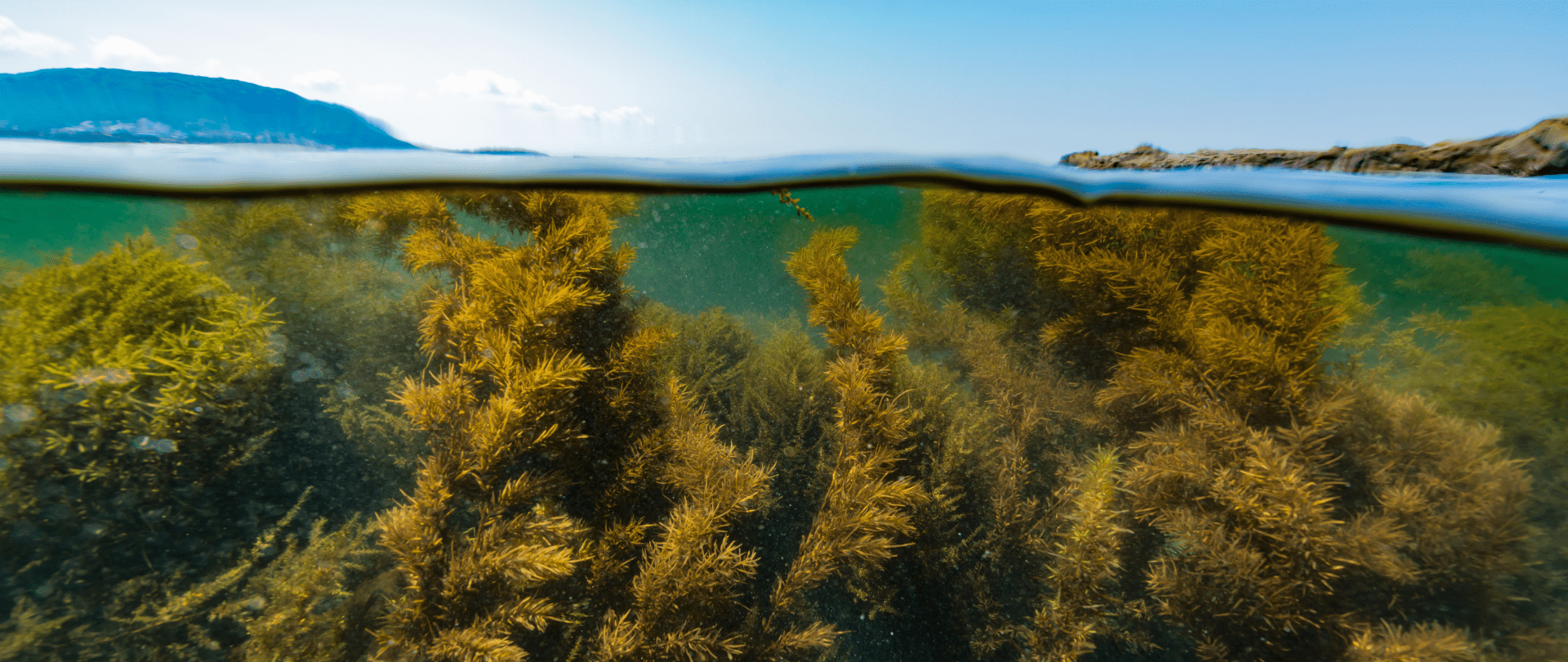
What is holistic restoration? Read all about this incredible method to restore ecosystems for people and nature!

What are biodiversity hotspots, and why are islands so often found within them? Here's everything you need to know!

Everything you need to know about nature-based carbon capture and how it helps islands build climate resilience!

Learn how bird poop is the key to healthy island wildlife, coral reefs, and communities!
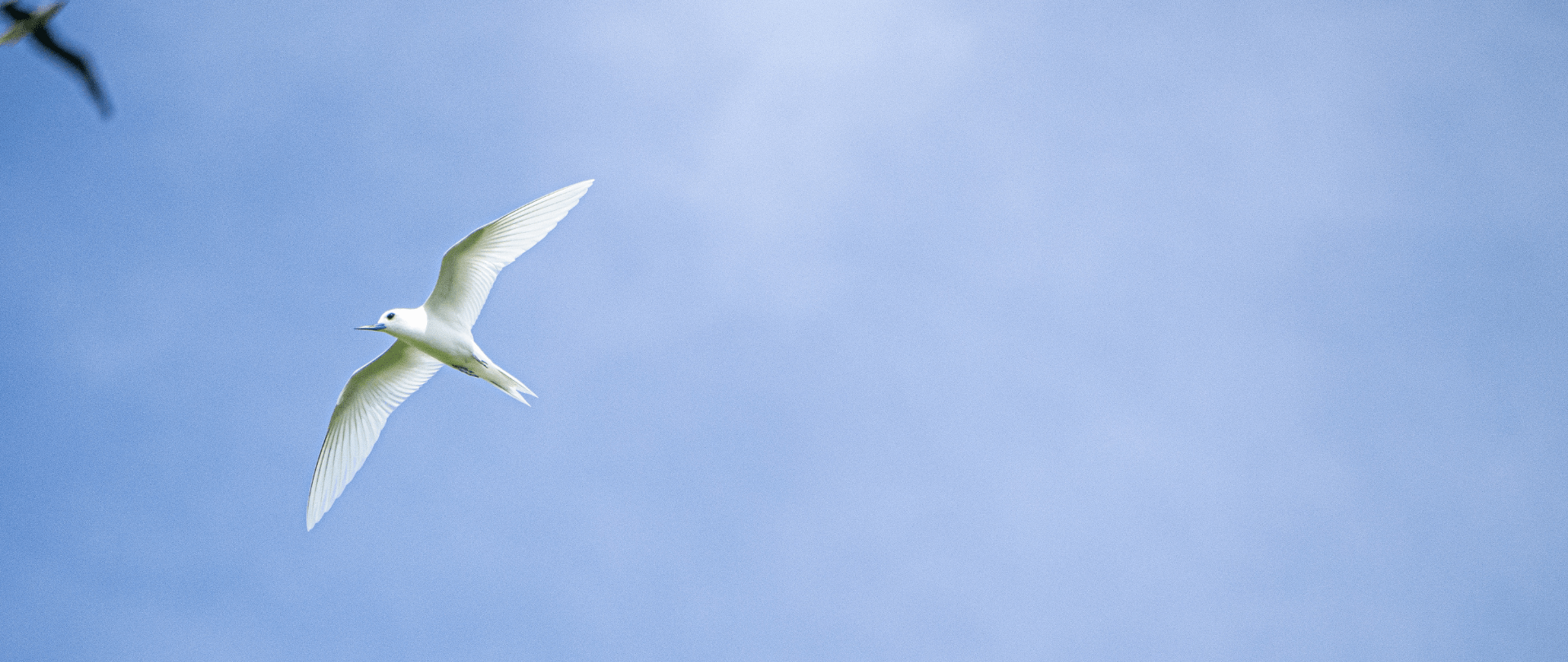
Penny Becker, Island Conservation’s Vice President of Conservation, wrote an article about connector species that was recently featured by our partners at Galapagos Conservation Trust. Her groundbreaking research has helped uncover the vital connections between land and sea, sparking a…